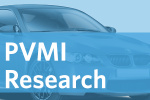
If you’ve ever thought that the quest for more clicks is affecting the sorts of articles that get published in the media, Wharton marketing professor Pinar Yildirim wants you to know that you’re right. But it’s not quite the overarching impact that you might expect. …Read More









